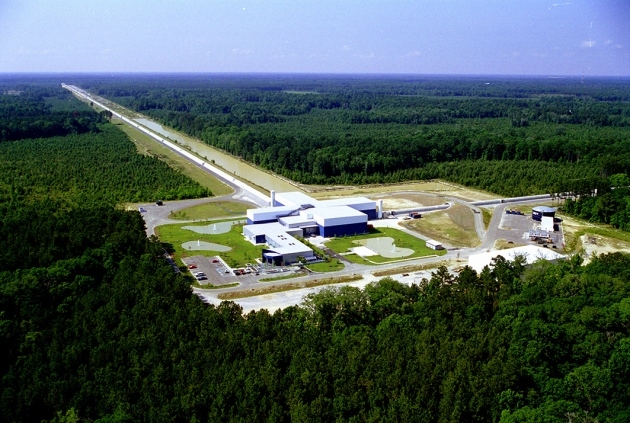Hunt for gravitational waves to resume after massive upgrade

LIGO experiment now has better chance of detecting ripples in space-time.
Davide Castelvecchi
Almost 100 years after Einstein presented the general theory of relativity in a Berlin lecture theatre, the quest to spot the gravitational waves he predicted may be entering its final stages.
This week, the world’s largest gravitational-wave facility is expected to start collecting data again after a 5-year US$200-million overhaul. The Laser Interferometer Gravitational-Wave Observatory (LIGO) searched fruitlessly for these cosmic ripples for almost a decade in the 2000s. But the odds that its improved version — known as Advanced LIGO — will detect any waves in the next three months may be as high as one in three, according to some of the physicists involved in the experiments.
See full text